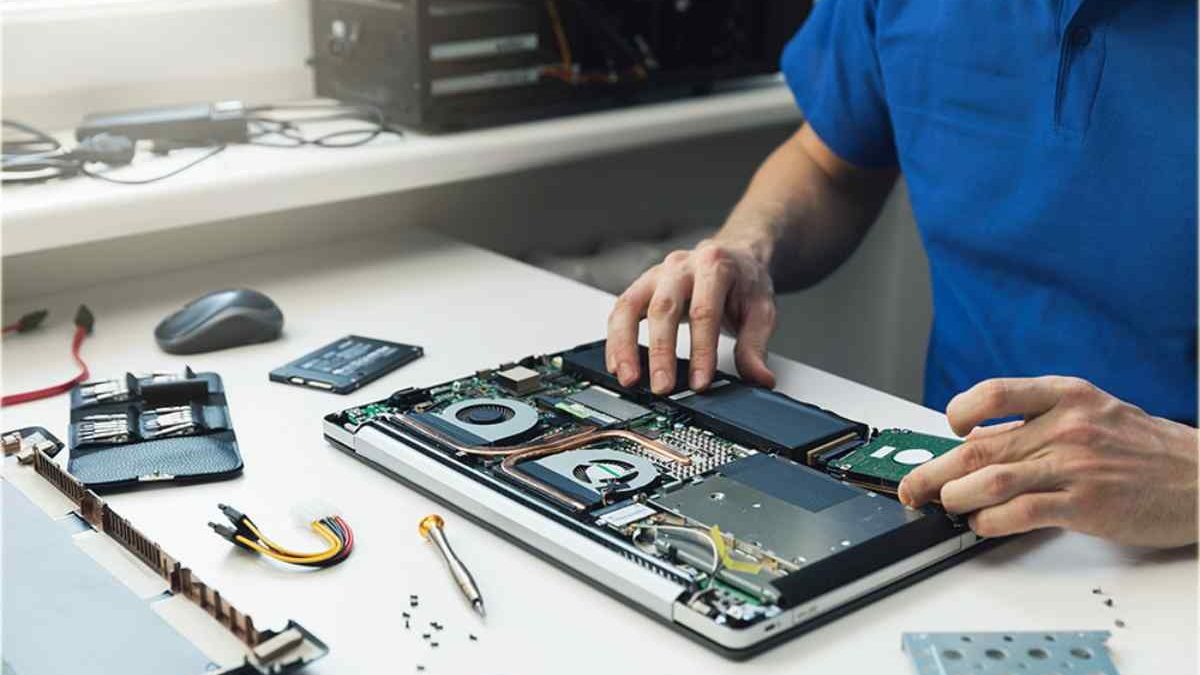In a world where technology has assumed a big part of everything we do daily, its alternate impact on our environment is usually overlooked. E-waste is the fastest growing waste streams and a lead cause of environmental pollution. One easy method to reduce environmental pollution caused by e-waste is ceasing replacing electronic items such as phones with new ones regularly. Below are ways refurbishing electronics helps preserve the environment.
Table of Contents
1.Conservation of natural resources
Metals and other raw minerals are non-renewable resources that take part in creating electronics, either in phones or laptops. Continuous extraction of such raw materials leads to depletion of the natural resources, habitat destruction, and secretion greenhouse gas, such as carbon dioxide and pollution.
Using a second-hand phone can drastically reduce the demand to extract these raw materials, hence lessening the negative impacts associated with its production. This will help reserve the natural metal ores and prevent depletion of non-renewable natural resources.
2. Low energy consumption and low carbon footprint.
In addition to conserving natural resources, phone refurbishment causes low energy consumption compared to the manufacturing process of brand-new electronics. Refurbishing only consists of repair, testing, and upgrading existing devices, saving energy in the process.
By consuming less energy, the electronic industry can have a massive impact on carbon footprints and greenhouse gas emissions. Now, think about how you can help your buyers by convincing them to get the refurbished electronics instead of the brand new one.
3. Reduces e-waste
According to WEEE Directive, electronic waste is one of the fastest growing waste streams in the world creating over 50 million tons of electronics waste every year; this amount is said to increase over the following years as demand for new devices keeps increasing due to consumer trends and technological advances.
Limiting the launching of devices for a period by the companies dealing with electronics would help lower the electronic waste and also give companies the chance to come up with electronics that have a longer life span. Refurbishing and making electronics last longer, is better than manufacturing new gadgets as it will reduce the reliance on demanding activities such as mining and manufacturing.
4. Refurbished electronics promote a circular economy.
Refurbishing a device gives it a second life through repair. Should the device itself cease to function, those essential materials can be reclaimed and fed back into the market, where they can be recycled into other things. The circular economy is a model for sustainable lifestyles that aims to maximize the use of resources and minimize any waste by practicing reuse, repair, and refurbishing. This will reduce e-waste and conserve natural resources in higher numbers compared to a linear model, “take-make-use-dispose.”
Everyone ought to work towards a reduction in the effects of the environment on electronic production and manufacturing. It is essential that, as electronic users, we purchase the rehabilitated devices. In contrast, the production companies reduce the number of new gadgets they produce and instead refurbish the ones that currently exist.

